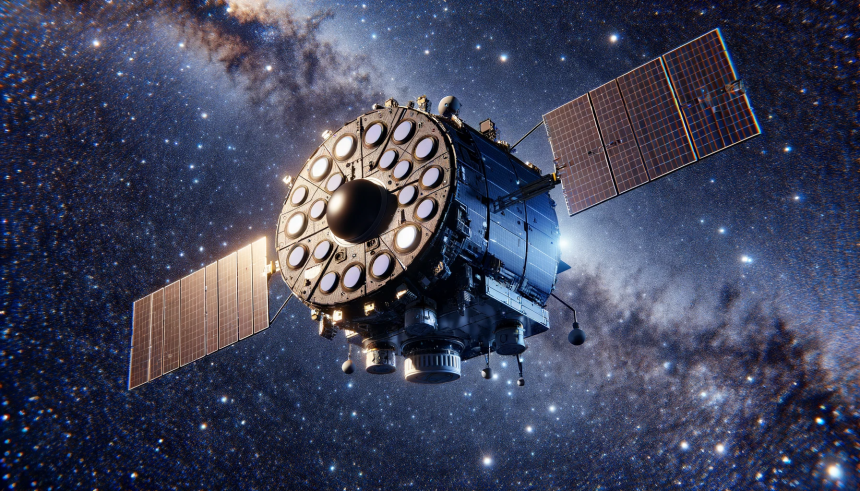NASA has revealed the recipients of the EPSCoR grants aimed at boosting scientific and technical research across more than 20 universities and organizations throughout the United States. Through these grants, NASA seeks to not only advance its own research agenda but also foster a collaborative environment where educational institutions can thrive in the aerospace sector. These initiatives are instrumental in helping universities establish sustainable research pathways and build strategic relationships with NASA’s experts.
The NASA EPSCoR Rapid Response Research grants focus on promoting scientific research in jurisdictions that are historically underrepresented in aerospace and aerospace-related activities. Launched by NASA’s Office of STEM Engagement, these grants provide approximately $100,000 to each selected project for a one-year performance period. The aim is to enhance national research and development competitiveness by creating robust research infrastructures.
EPSCoR grants have seen various developments over the years. Previous rounds of funding showed a consistent focus on broadening participation in aerospace research, but the 2024 grants appear to emphasize newer areas of interest such as climate research and astronaut health more prominently. Compared to past initiatives, this year’s grants involve a larger number of universities, indicating an expanded effort to involve more diverse institutions in cutting-edge research.
Historical data on EPSCoR grants reveal that earlier projects primarily focused on traditional aerospace needs like propulsion and materials science. This shift towards space manufacturing and heliophysics marks a significant broadening of the research scope. It highlights NASA’s evolving priorities and the growing complexity of space missions, which now require interdisciplinary approaches and innovative solutions.
Grant Recipients and Their Focus Areas
The grant recipients include a diverse set of institutions such as the University of Alabama in Huntsville, University of Arkansas in Little Rock, and Iowa State University in Ames, among others. Each university will focus on specific scientific needs identified by NASA, ranging from space manufacturing to heliophysics and climate research. These projects will be integral in supporting future NASA missions and expanding the research capabilities of these institutions.
Strategic Importance of EPSCoR Grants
By investing in these underrepresented areas, NASA aims to cultivate a more inclusive research community. The emphasis on fostering competitive research capabilities and strategic relationships with NASA experts is designed to create a sustainable pathway for these institutions to participate in the aerospace industry. This approach ensures that the benefits of space research and development are more widely distributed across the nation.
Key Takeaways
– Enhanced focus on climate research and astronaut health in the 2024 grants.
– Larger number of universities involved, indicating broader participation.
– Shift towards interdisciplinary research reflecting NASA’s evolving priorities.
EPSCoR grants form a crucial part of NASA’s strategy to build robust research ecosystems across the United States. By targeting institutions historically underrepresented in aerospace research, NASA not only diversifies its research portfolio but also strengthens national capabilities in critical scientific areas. This initiative helps universities build long-term research capacities and fosters meaningful collaborations with NASA experts, laying the groundwork for future advancements in aerospace and related fields. Through these grants, NASA ensures that its missions benefit from a wide array of scientific expertise and innovative solutions, essential for tackling the complex challenges of space exploration.










